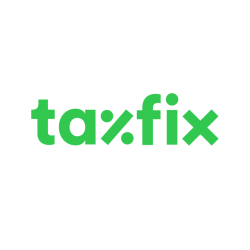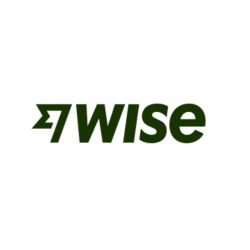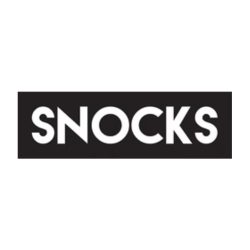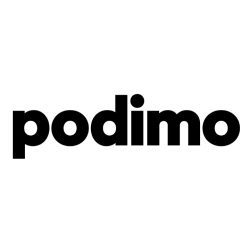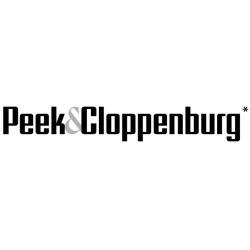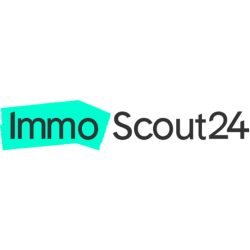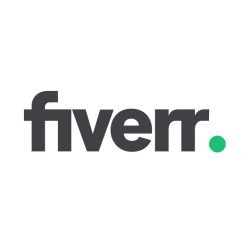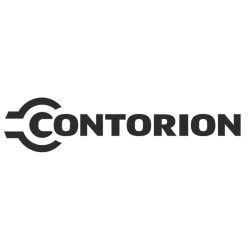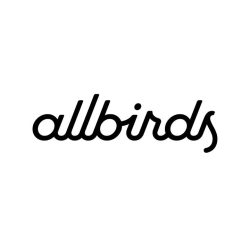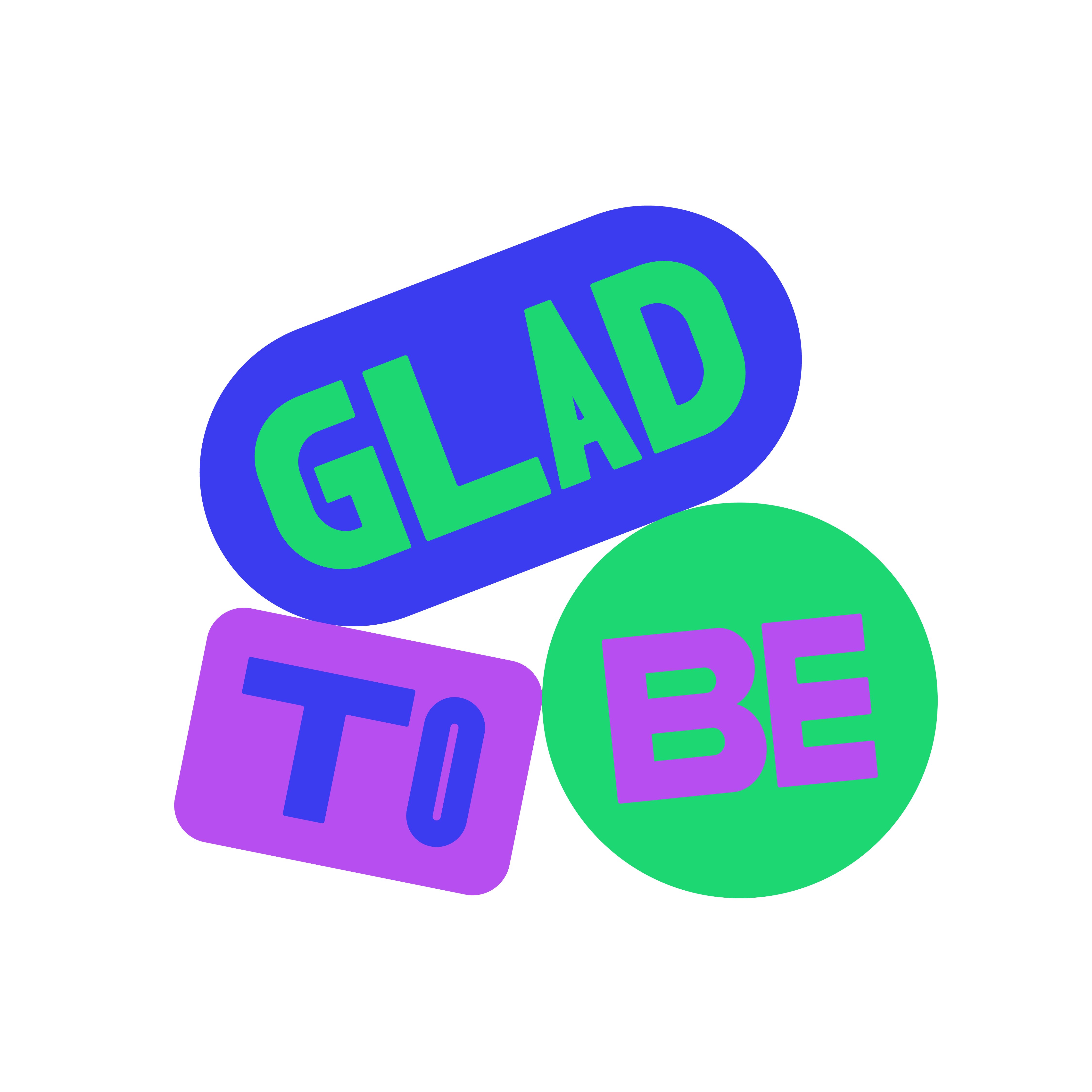In a surprising turn of events at the 2024 Olympics in France, we witnessed what may be one of the first AI-generated TV commercials to air on national television in Germany. The brand behind this innovative approach? eToro, the social trading and multi-asset investment company.
The Commercial: A Closer Look
At first glance, the commercial appeared to feature real artists, showcasing high production values typical of Olympic-level brand advertising. However, upon closer inspection, it became evident that artificial intelligence was the true artist behind this creative “masterpiece”.
Internal Debate: Progress vs. Trust
This groundbreaking approach has sparked intense debate within our company, with valid arguments on both sides:
The Pro-AI Camp:
- Celebrates the advancement in technology
- Highlights potential cost savings (image rights, music rights, usage rights across media channels)
- Emphasizes the ability to create high-quality content efficiently
The Skeptics:
- Concerned about potential harm to brand trust and credibility
- Question the authenticity of AI-generated content in advertising
- Worry about the long-term impact on consumer perception
Explore how AI is reshaping the creative landscape in marketing.
The Big Question: Is It Worth It?
Only time will tell if eToro’s bold move pays off. We asked our experts, Cora Rodrigues and Nicolo Ferretti, to share their thoughts on this approach.

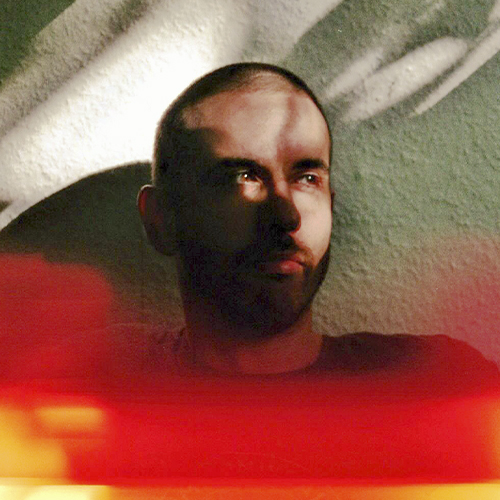
Authenticity vs. Innovation: How can brands use AI in advertising while still maintaining an authentic connection with their audience?
Cora, Strategist
My first thought when seeing the ad was if the audience felt disconnected. The characters look like us, but in a very plastic, weird way. I think if we’re gonna use AI in ads, we should embrace the obvious aesthetic of AI-generated content, using and highlighting its weirdness or specific capabilities instead of trying to make it look like a real production. At least for now, when AI is still easy to spot – in text, images, in the script itself. This approach could become a new form of creative expression in advertising, similar to how CGI evolved in film.
As for brands, this opens a whole new level of advertising (if done well). We can test concepts faster, iterate quicker, and save a lot on production costs. But if everyone starts doing it, how do you stand out?
Maybe the focus shifts more to the core message and strategy. If AI can handle the execution, we can pour more energy into nailing the brief, the insights, the emotional hook.
I guess the key is to use AI to amplify creativity, not replace it. We need to find the sweet spot where technology improves our ability to connect with audiences authentically. And hey, if this wasn’t easy before, doesn’t mean it will be now. AI is a tool, not the end product (yet).
This aligns with broader trends of integrating AI into workflows, as explored in performance-driven strategies.
Nicolo, Designer
When I first saw it, I immediately thought as a creative, “You can tell those transitions aren’t well executed; just look at the camera movement.” It feels very artificial and somewhat cheap. From a creative perspective, I don’t believe this will benefit a brand more than something crafted by a human mind—at least not yet. I think people still need time to get accustomed to this new “AI look,” and it’s possible they never will. That said, I find AI to be a useful and interesting tool for speeding up certain creative steps. For now, I see its primary value not in creating from scratch, but in assisting with the creation and ideation process.
Future of Creativity: How do you see the role of human creatives changing in the next 5-10 years as AI becomes more prevalent in advertising?
Cora, Strategist
The biggest, immediate change I see is in production. We can now make 50 versions of an ad in the time it used to take to make one. This means we can test different creative concepts on a massive scale, focusing more on how the message lands than on production limitations. On socials, for example, where consistency and volume are key factors for the algorithms, you can create new ideas with less effort, produce faster briefings, saving both time and costs. And in the advertising world, time is your cost.
As for the role of human creatives, the thing is, people will use AI in different ways. Some might use it for inspiration, others might ask it to do everything. Take that Japanese author, Rie Kudan – she used ChatGPT as a co-creator, not just a tool, and won a prize. That’s the kind of human-AI co-creation that I think has real potential. And it is how it optimizes the whole process, like writing this piece: I wrote down my thoughts and ideas, and Claude helped me make them more digestible and concise.
The tricky part is not letting AI limit our thinking. If we start with AI-generated stuff, it’s hard to think beyond it. If it accesses everything that’s been done in the world, it’s up to the creative director and prompter to always try to create something beyond, to bring ideas that really stand out. (Understand how AI complements human creativity in advertising.)
In the eToro case, yeah, the quality was just okay. But it was good enough for most people, at least to start discussions and share opinions. And while using AI isn’t as simple as pushing a button, it’s still way faster than traditional production. You still need skills to get good results, just like how owning a camera doesn’t make you a photographer.
In the end, I think we should conceptually, technically, and legally distinguish between “made by AI” and “made with AI.” The first would mean machine protagonism while the second defines it only as a tool in a creative process where humans are in control. This way, we can strengthen the argument that “made with AI” is the future vision we want (or at least, that I see for the next 5 years – who knows how this will evolve?).
Nicolo, Designer
Depending on which field of creativity, I think some they might be more affected than others, like concept artists for example or also music artists. I have a friend that is a composer and he made me listen to a track he generated with Ai and he said that it was technically pretty good. So i guess we have to wait and see how it will evolve, it is an interesting phenomenon to look at. I almost feel that it caught the creative world off guard.
Can be definitively be used as a tool to speed up some of the early stages of concepting so the focus can be redirected on the “main story”. I use it for tasks that are just time consuming and non creative, so I can have more time for the creative part of the project, like a calculator. Basically, you know how to make simple math, but instead we use the calculator to do it, it is faster and easier. (Learn how designers and marketers integrate AI to optimize workflows.)
I see it like that, a tool that will speed up some of the process steps and leave more time
for the creative/production part and not a replacement of human skills and abilities.
I could be wrong of course, but look what happened when the amazon “Kindle” came out, everybody thought that was the future or reading, no more paper books. Instead the sales of paper books rose like never before. Might be the same thing for advertising, people like to “feel”, “touch” and “own” not just “see” a product.
Ethical Considerations: What ethical guidelines should be in place for using AI in advertising, and how can brands be transparent about its use?
Cora, Strategist
Transparency is the keyword. We should develop clear standards for disclosing AI use in advertising, similar to how we label ads on social media. In eToro’s case, the risks are the characters resembling real people, the music getting too close to an existing song. If it accesses everything that’s already been done in the world, it’s up to the creative director and prompter to always try to create something beyond, to bring a truly different creative idea that doesn’t fall into those tricky grounds.
But in my opinion, the real ethical concerns go beyond advertising. Deep fakes and AI-generated misinformation pose a much greater threat to society. In advertising, where regulations are already in place, we have the opportunity to model responsible AI use. (Discover the ethical considerations of AI in advertising.)
The ethical use of AI in creativity depends on how we choose to interact with it. It’s up to us to use AI as a tool to augment human creativity, not replace it.
By the way, if you’re into this discussion, I recommend checking out AIArtists.org. It’s cool to see how artists are using AI, but also exploring the ethical sides of this human-AI relationship through their work. And for an even deeper discussion, the Alan Turing Insitute’s section on AI and Art is really interesting too!
Nicolo, Designer
AI is revolutionizing advertising. I don’t know yet if in a positive or negative way, but ethical use
and transparency are crucial. Brands must get consent before collecting data, and disclose when AI is used, I think instagram is already doing that. Also a more conscious use of it, let’s not forget about all the creative minds out there that can create and develop fantastic ideas.
I will still invest more in people, then eventually get help from Ai.
I do share the same concern with Cora, deep fake and creation of fake images creates more misinformation and doubt on what is “real” and trustworthy and what is not.
The views and opinions expressed here are our own and are shared from our personal perspectives. We have no intention of harming the brand or diminishing the creative efforts behind the project. Our comments are meant to contribute to the conversation constructively and reflect our honest observations.
